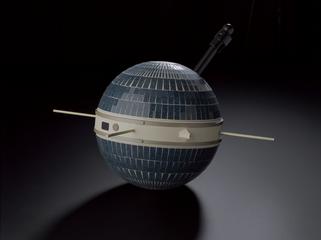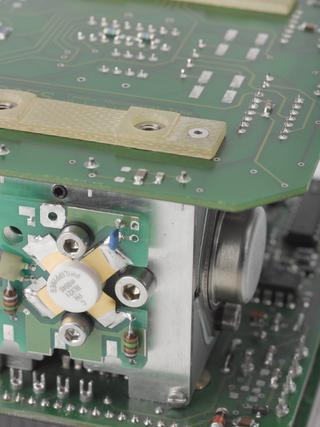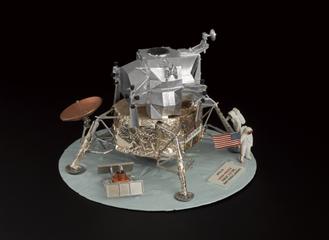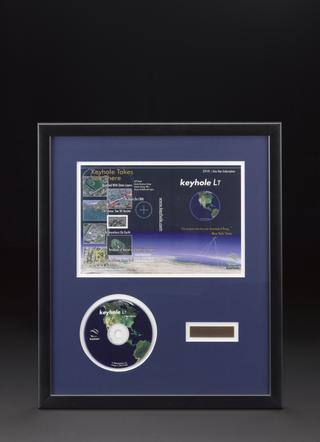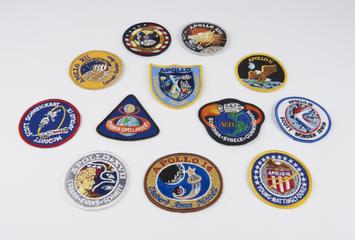
BepiColombo Structural Thermal Model
- Made:
- 2015
























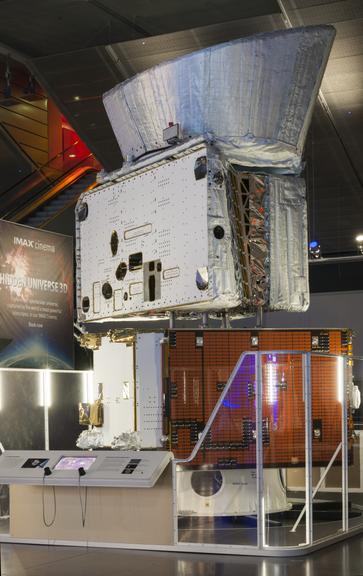

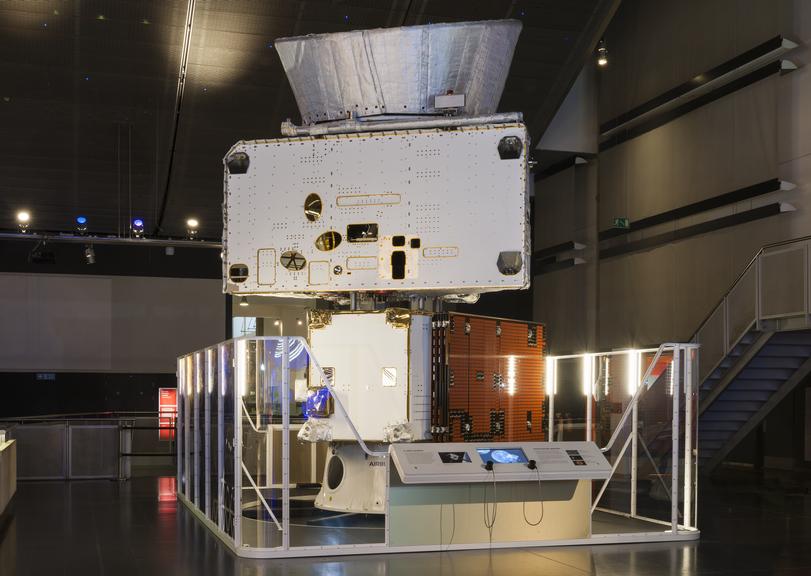

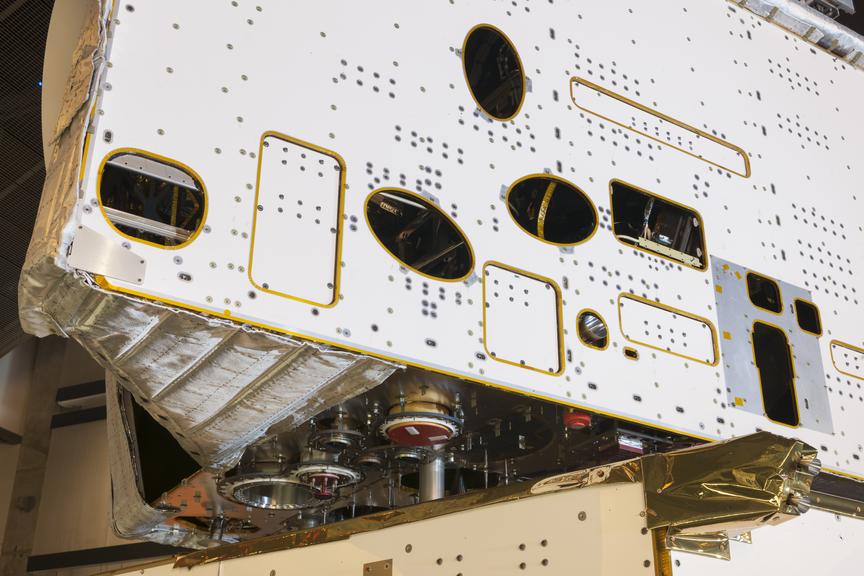

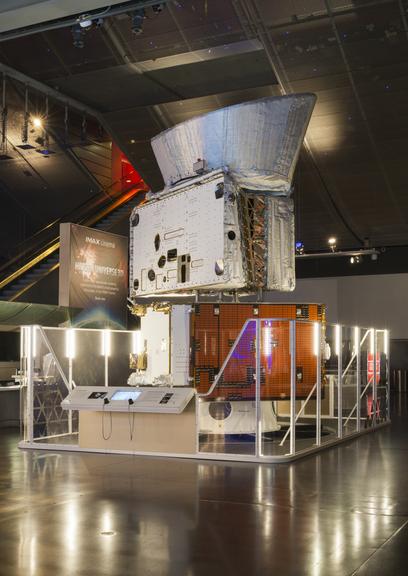
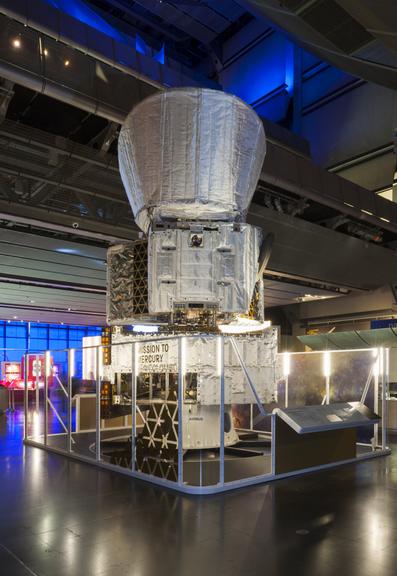




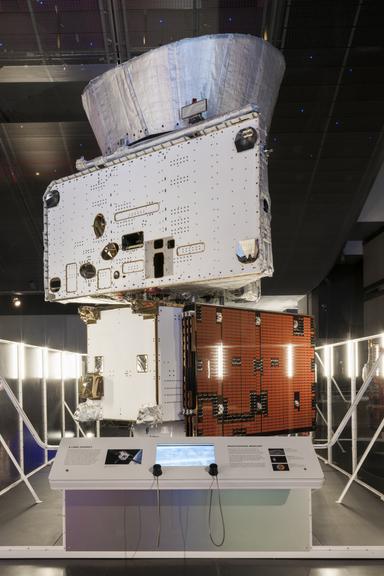

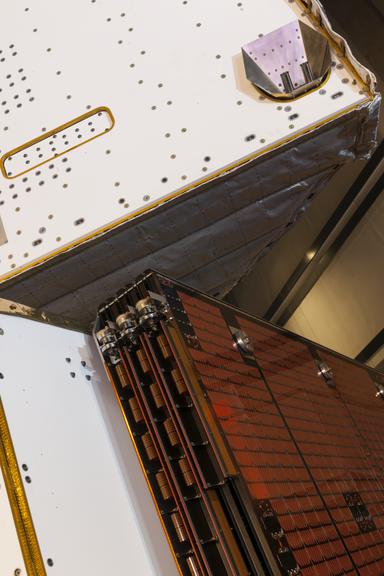





BepiColombo Structural Thermal Model (full-scale) designed for testing prior to the flight model's 2018 launch to Mercury. BepiColombo is a joint mission between the European Space Agency and the Japanese Aerospace Exploration Agency. The spacecraft consists of four main parts: Lower Handling Adaptor, the Mercury Transfer Module, the Mercury Planetary Orbiter and the Sunshield. The spacecraft was built by Airbus.
BepiColombo is Europe’s first mission to Mercury, and consists of two scientific orbiters: ESA’s Mercury Planetary Orbiter and JAXA’s (Japanese Aerospace Exploration Agency’s) Mercury Magnetospheric Orbiter. These two spacecraft will study all aspects of Mercury, from the structure and dynamics of its magnetosphere and how it interacts with the solar wind, to the properties of its large iron core and the origin of its magnetic field. The data will improve our understanding of the planet and of the overall evolution of our Solar System. The spacecraft is scheduled to arrive at Mercury in late 2025. The two orbiters will travel to Mercury attached in a stack formation on top of the Mercury Transfer Module. Upon reaching Mercury, the Transfer Module will separate and the two satellites will go into their separate orbits around the planet.
Launched in October 2018, the journey to Mercury is long. Unlike missions to Mars, for instance, travelling to Mercury - the closest planet to the Sun - requires the spacecraft to slow down. The spacecraft does this through a series of gravity assists as it flies past Earth, Venus and Mercury numerous times before settling into its final orbit. These gravity assists or fly bys use the gravitational pull of the planets to slow the spacecraft down. Bepi is also equipped with ion thrusters which will fire at scheduled periods throughout the journey to help achieve the optimum velocity.
The Structural Thermal Model (STM) is a full size model. It was used for thermal and vibration testing to determine whether the the spacecraft will survive the conditions of launch, its journey through space and the orbit of mercury itself. The spacecraft experiences extreme temperatures ranging from -190 to 400 degrees Celcius. An vital part of the testing centred on the Multi-layer insulation blanket (MLI) which the STM is wrapped in. At the time of development, this was entirely new technology as the orbiting spacecraft will have to contend with the heat and solar radiation from the Sun and from Mercury itself. 1200 engineers and scientists from 16 different countries worked on this mission, a testament to international collaboration at its very best.
Details
- Category:
- Space Technology
- Object Number:
- L2018-24/1
- type:
- spacecraft
- credit:
- Loaned by European Space Agency
